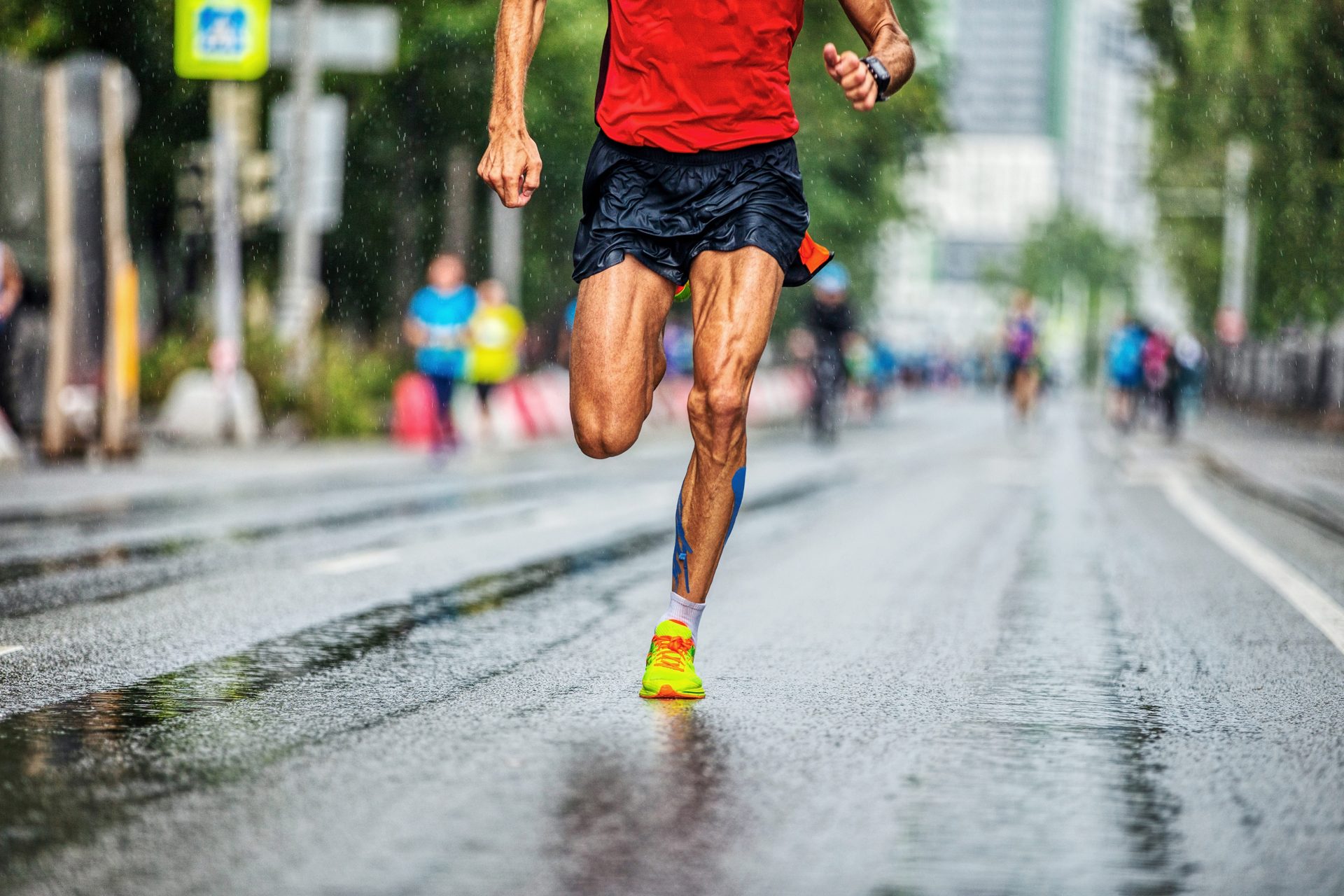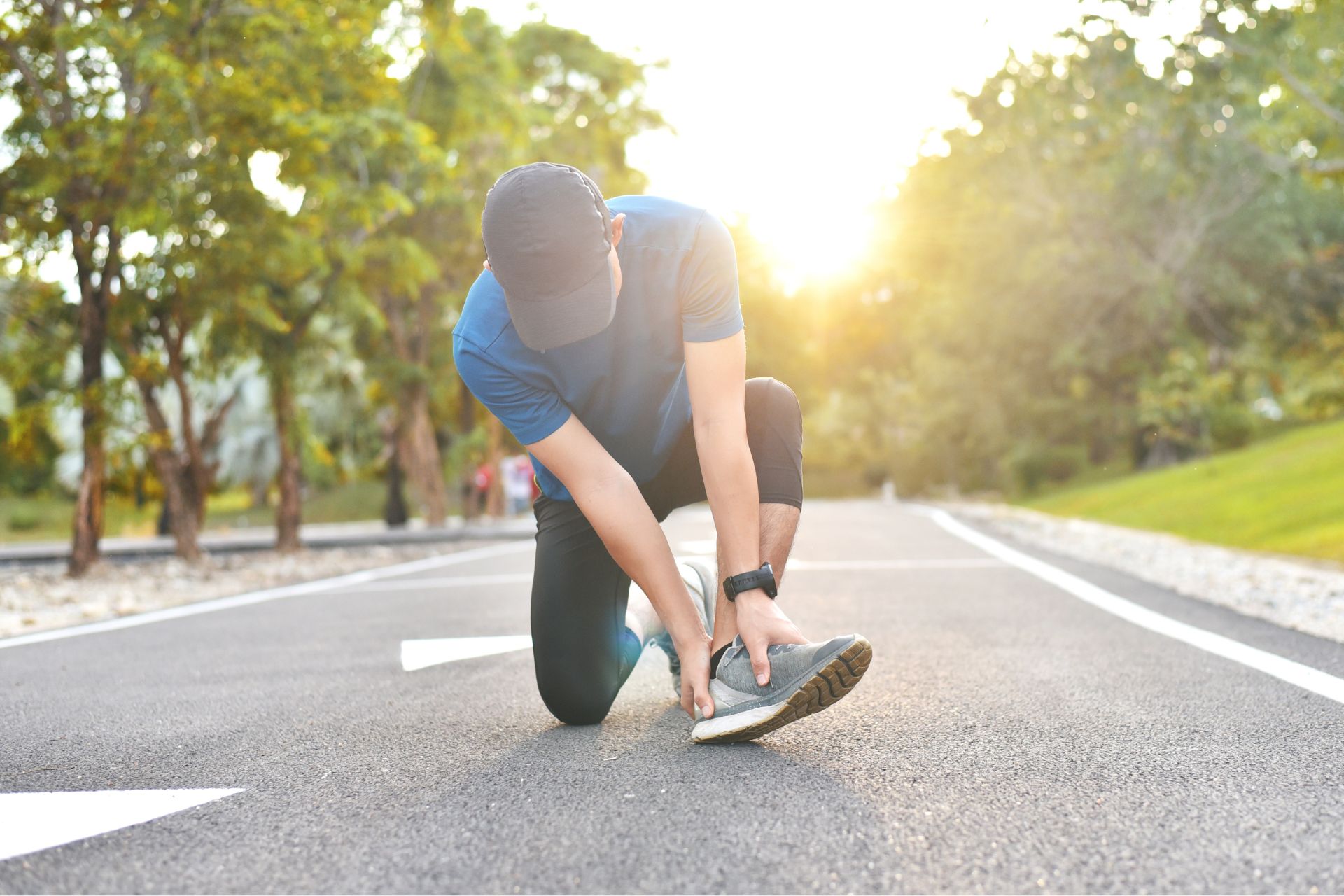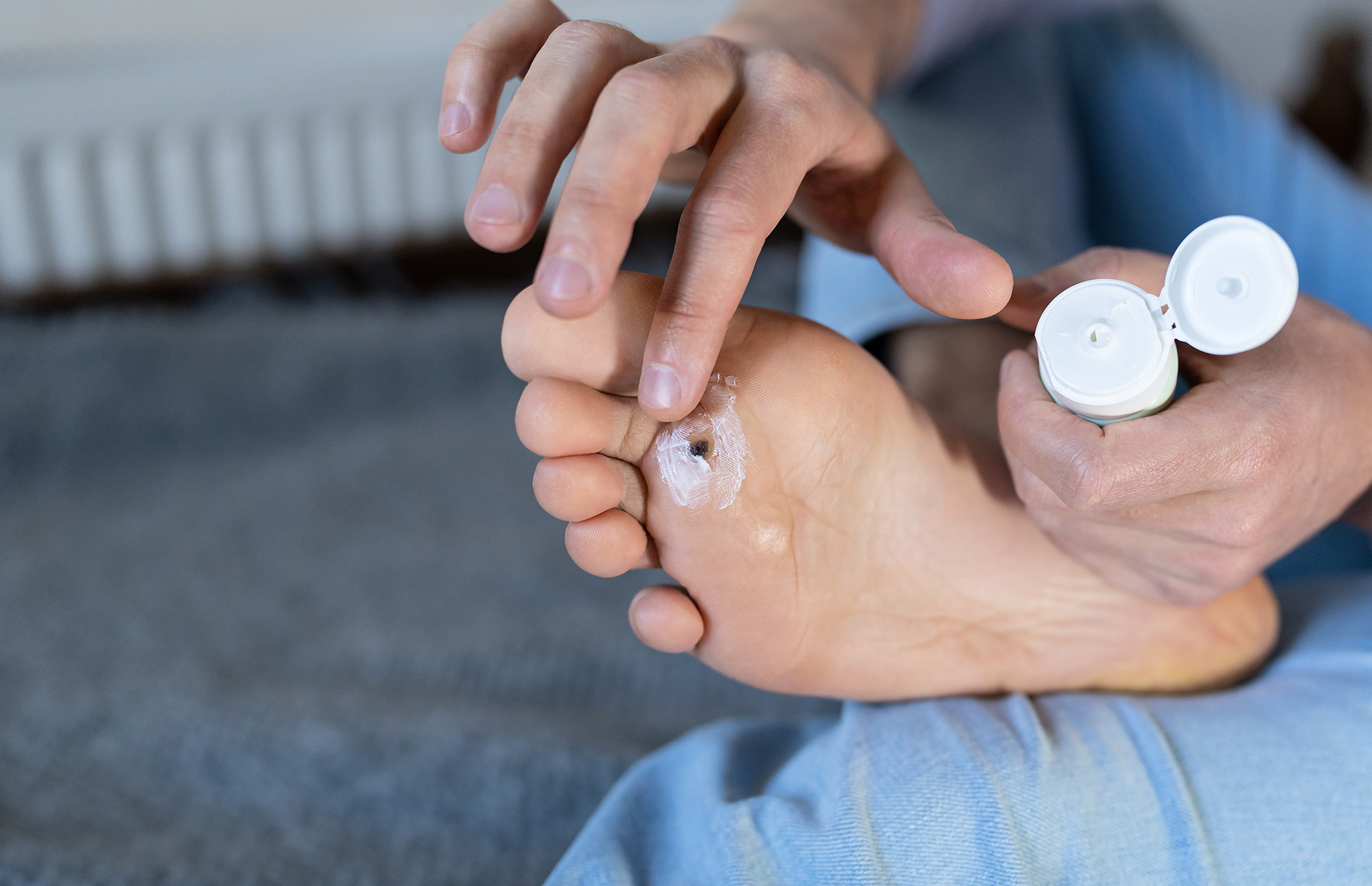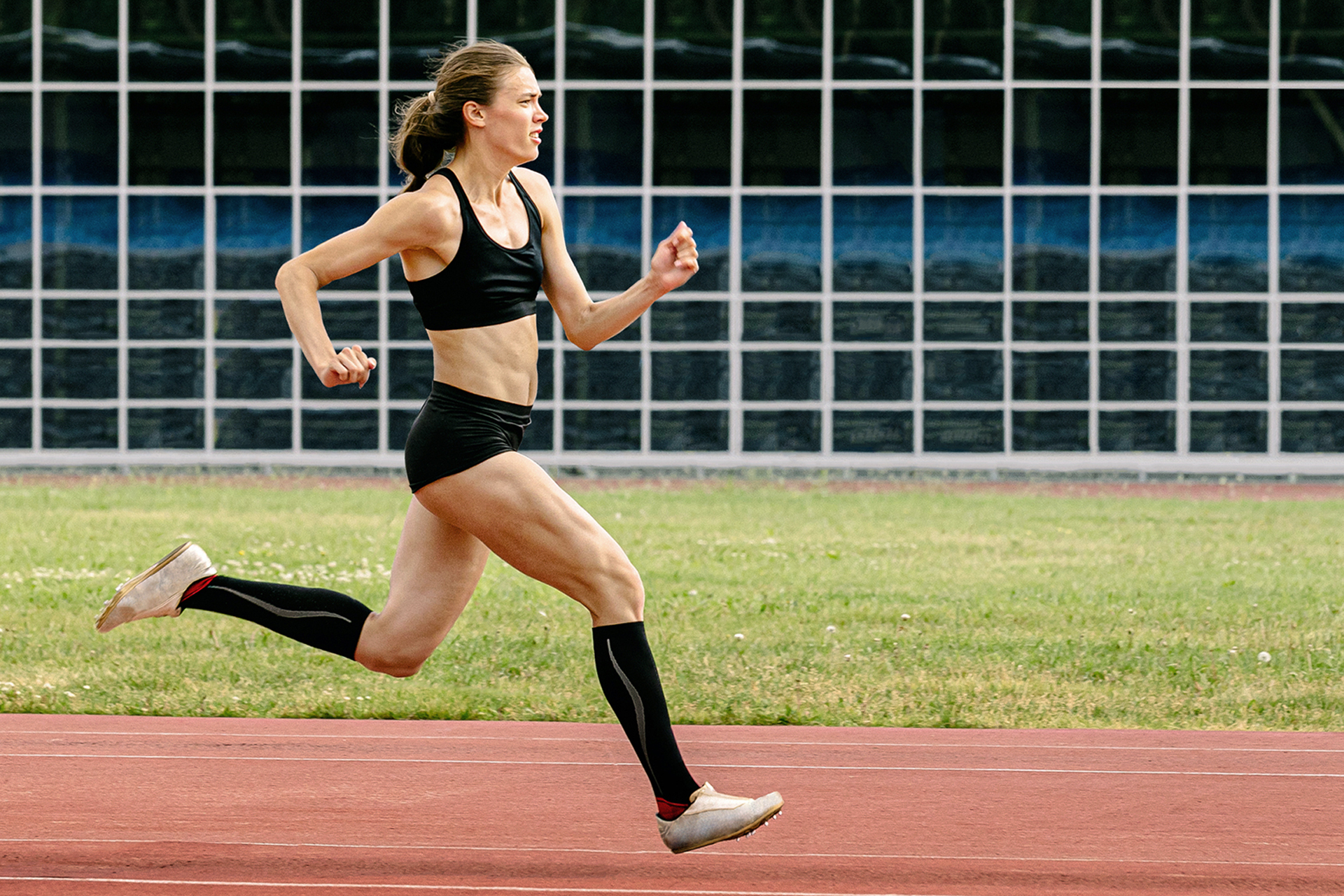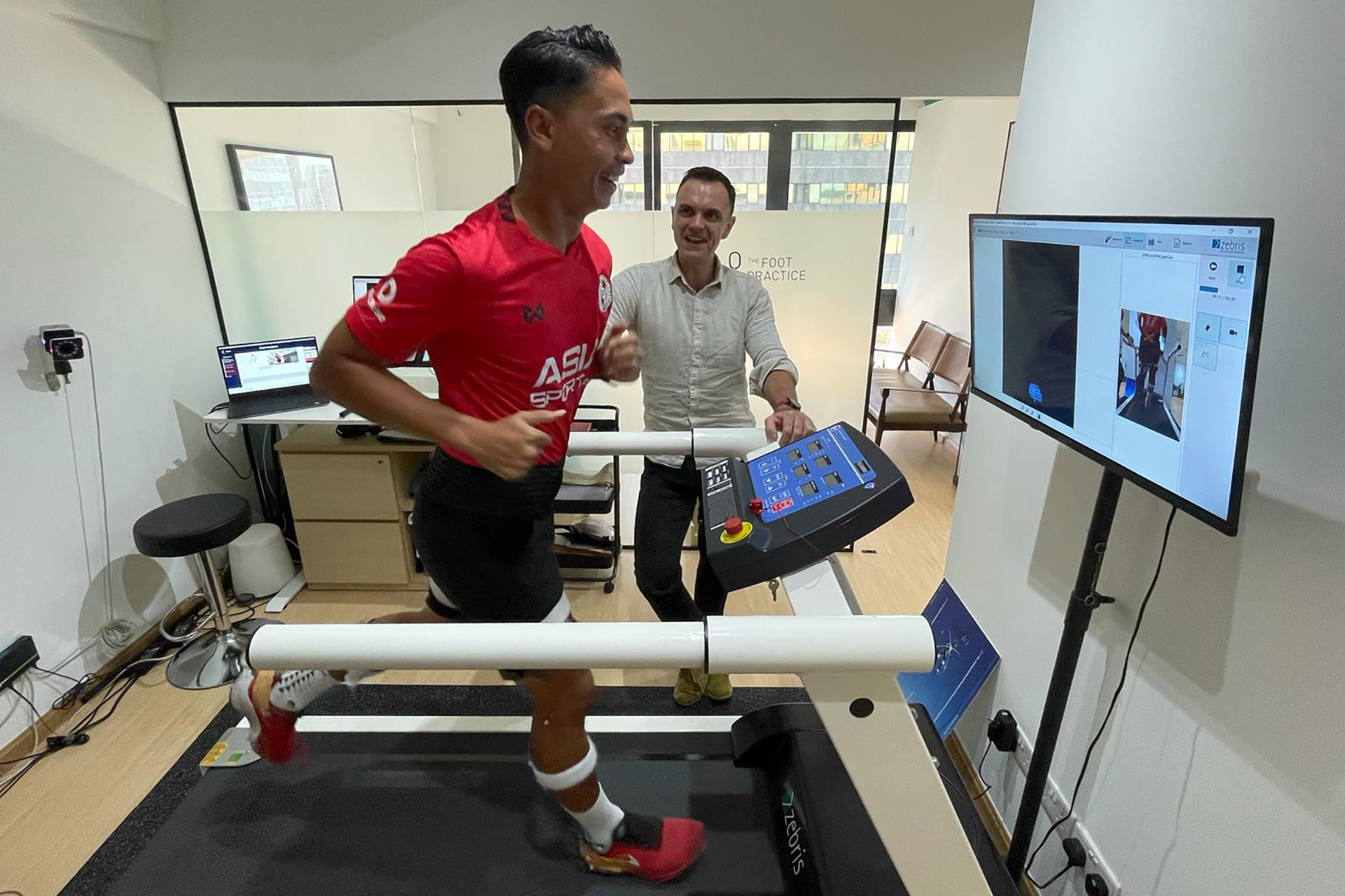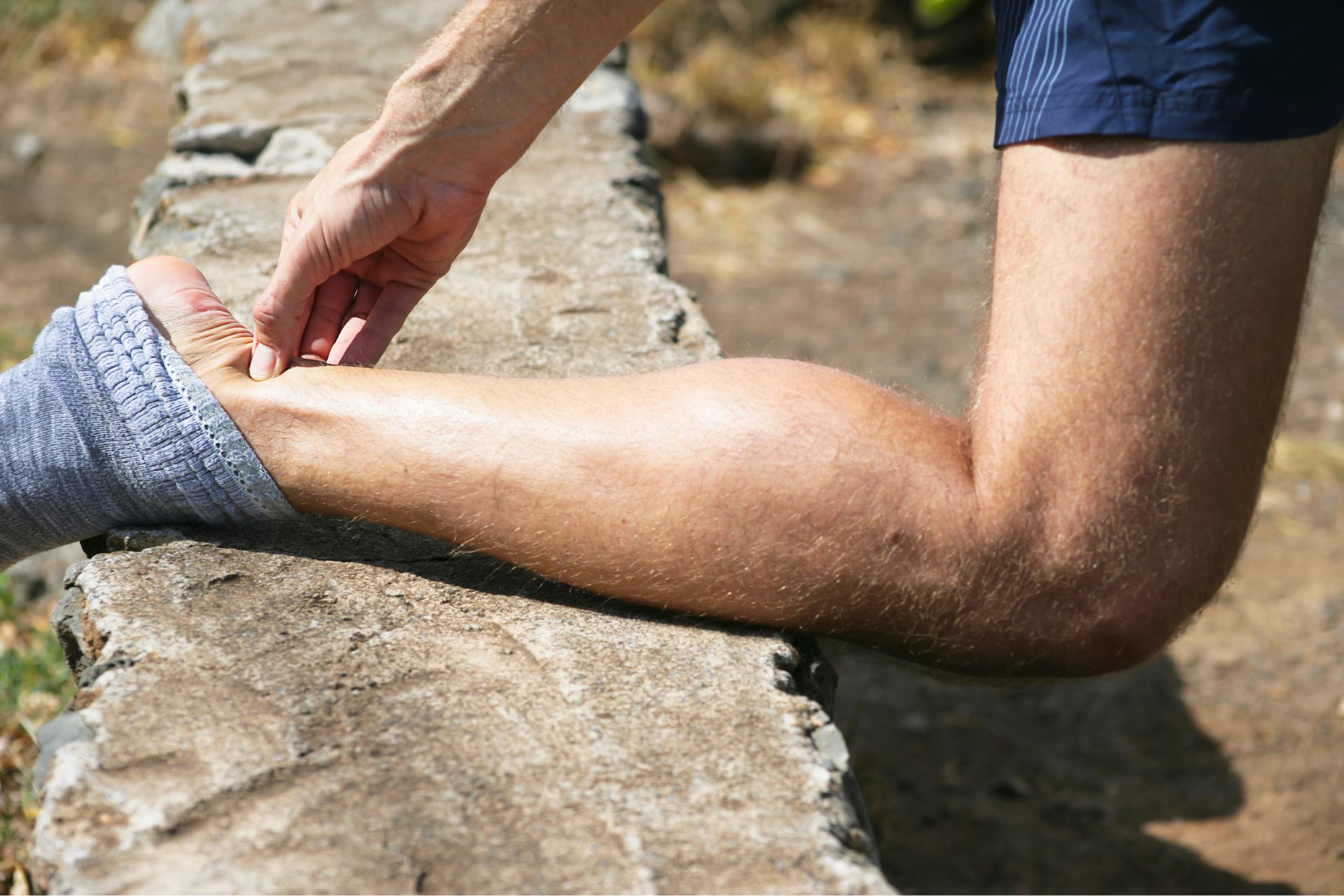If you’re preparing for a marathon, you may be more concerned about your training that you may neglect your foot health. If left unattended, your feet can end up dragging you down during your big race. With a few simple tips and strategies, keep on track for your goal and mitigate unnecessary pain in your feet after a marathon.
Top Marathon Foot Care Tips from Tim Maiden
Tip 1: One of the most important things as you train for your continued runners’ foot care, is wearing shoes that fit your feed correctly. If you’re buying new shoes, try to buy them in the afternoon when your feet will be the most swollen. Make sure you also try these shoes on with your running socks, custom orthoses, or store-bought insoles. Your running shoes are unlikely to stretch, so make sure they are comfortable, with at least 2 to 3 cm of space between your longest toe and the end of the shoe. This will help you find the right fit for your run. After you buy your shoes, make sure you train in them sufficiently to break them in. You don’t want your shoes to be stiff during the big race.
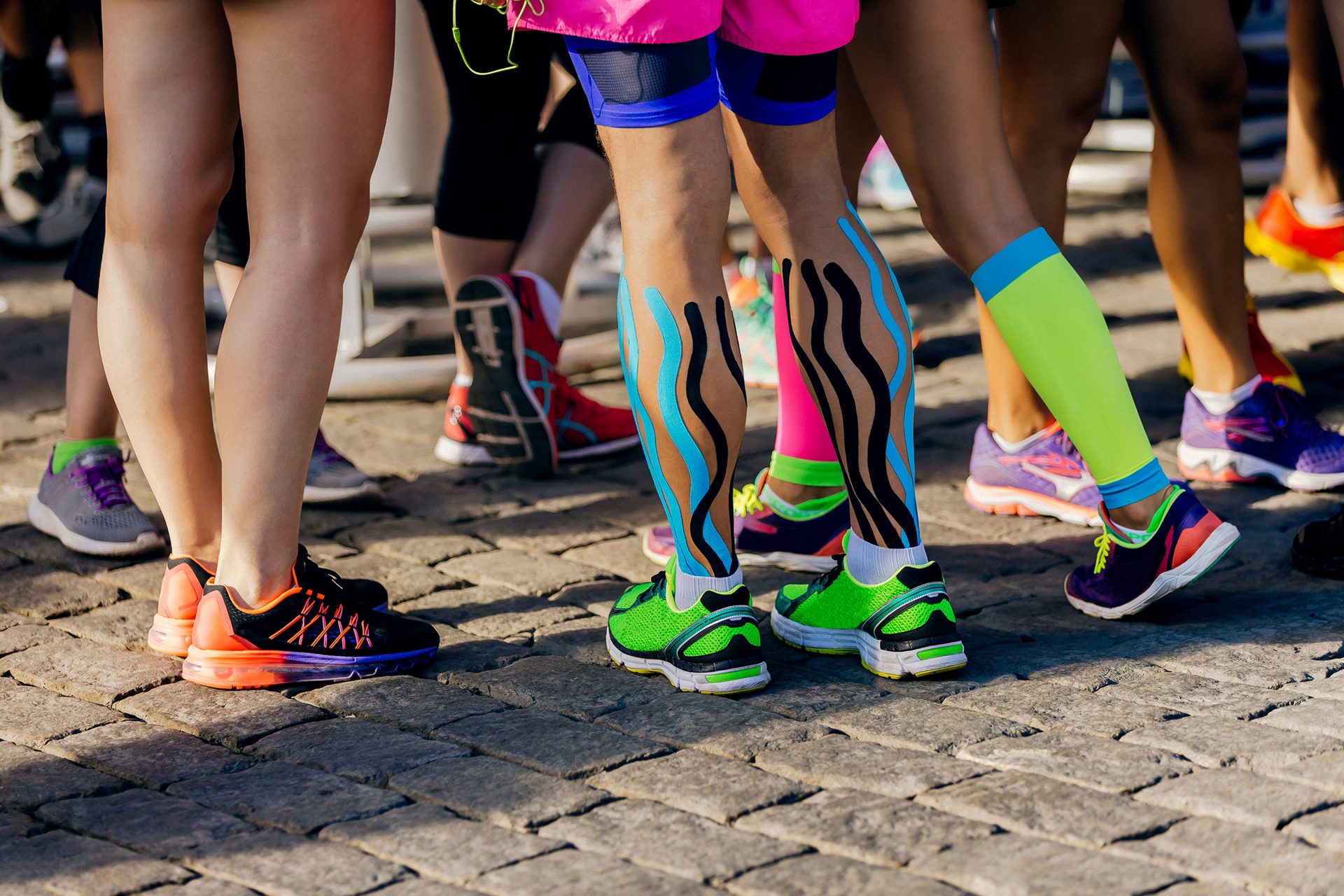
Tip 2: Foot care for long-distance runners is essential as they are especially prone to athletes’ feet. As your feet spend a long time in the moist environment of the shoe and sock, this creates the ideal scenario for fungus. To prevent this from happening, air your feet out regularly, change your socks frequently, and consider having different pairs of running shoes so that one pair can air out while you use the other for training. If necessary, consider using foot powders to keep your feet dry.
Tip 3: Calluses can be painful and cumbersome. If you need to, purchase a specialized scraper to file away the callus to prevent undue friction. However, if your callus is large and severe, make an appointment with our podiatrist to get it treated.
Tip 4: Blisters are a runner’s nightmare, especially on a long run. While you’re training, consider using skin lubricants like Vaseline to keep your feet smooth, especially on areas prone to blistering. You can also consider going the other way, and using powders to keep your feet dry. Depending on your foot, your blister strategies will vary. Some people may need to tape up their skin ahead of time. If a blister forms and starts to hurt, you can poke and drain the blister with a clean pin or needle. After that, leave the skin intact. If the skin is removed, you are leaving that area of your skin exposed to pain and contamination.
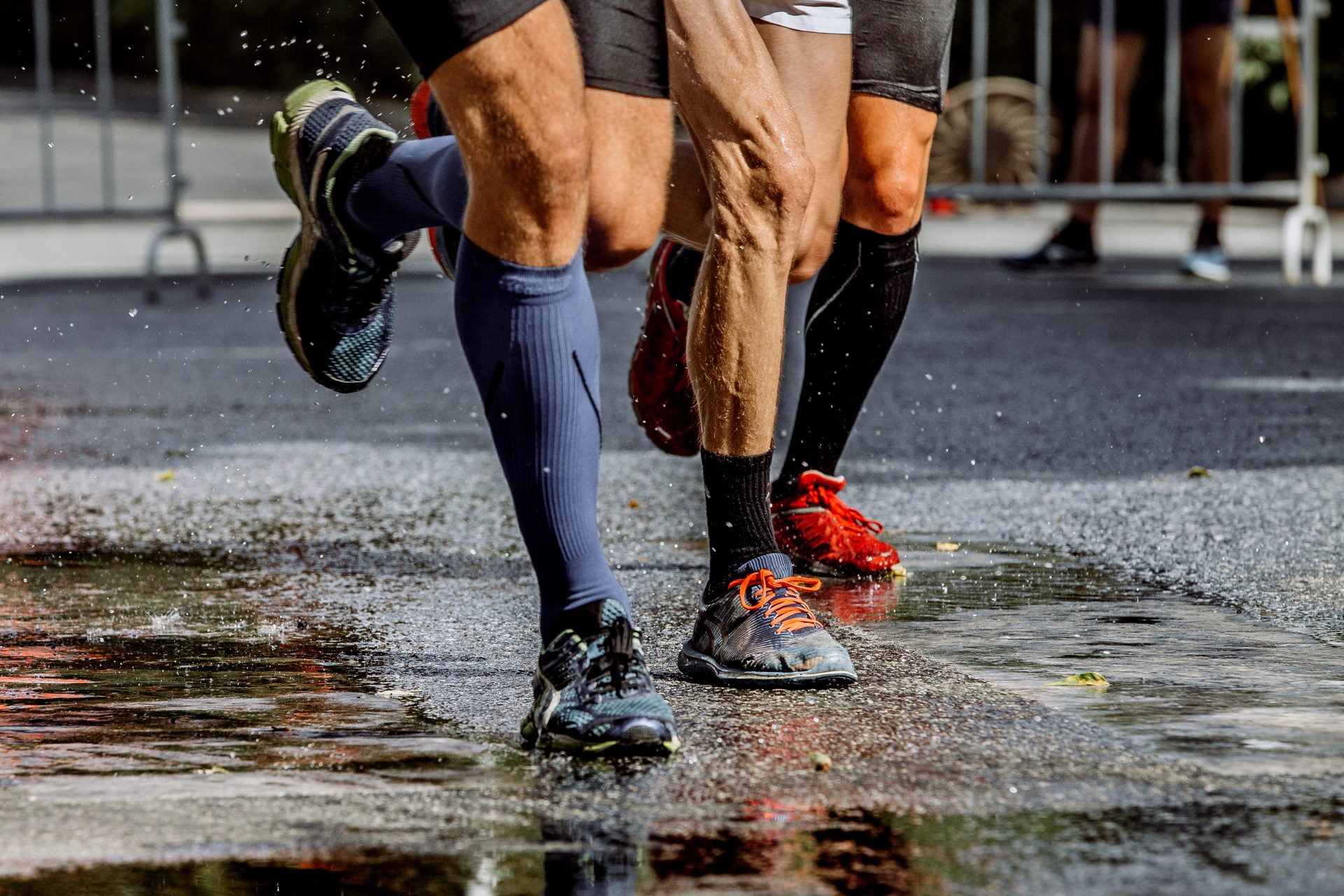
Tip 5: Your socks are essential to keeping your feet dry and blister-free. Stay away from the typical cotton athletic sock, which is not meant for long-distance running. This material will actually absorb the sweat on your foot faster and increase your chance of blisters. Synthetic materials or wool will do much better at keeping your feet dry. If unsure, you can find specific socks for long-distance running, or consider wearing dual-layer socks or sock liners.
Tip 6: If you’re not satisfied with the insole of your shoe, get a new one. The insole wears out relatively quickly compared to the rest of the shoe, which can create undue pressure on the bottom of your feet and cause foot pain while running, potentially leading to bunions, plantar fasciitis, calluses, or bone spurs. Quality running shoes will allow you to replace the insole with either a more cushioned insole or custom-made orthoses.
Tip 7: If your running posture is giving you problems, consider looking up new ways to lace your shoes. Applying tension across different areas of the foot can help accommodate for high insteps, wide or narrow feet, or bone spurs.
Tip 8: Improper toenail trimming can lead to great discomfort. Trim your nails straight across for best comfort, or leave them a little on the long side, if you’re unsure. Just ensure you do not dig into them at the corner of your toe. Doing so can lead to ingrown toenails, which will impair your running.
After-Marathon Foot Care & Recovery
Proper runners’ foot care does not stop after the marathon is over. You can suffer from different types of foot pain from running a marathon. You may find your feet to be in constant pain, potentially affecting sleep. This can be both prevented and/or treated.
Painful foot conditions are more common for first-time marathon runners. They can affect your ability to run, walk, or even sleep. As long as you’re not feeling a sharp pain in the joints or bones and there is no swelling, you should be fine. Marathon feet is simply the inflammation of the soft tissues in your feet and does not indicate permanent damage.
You can prevent foot pain during a marathon and afterwards by adhering to some of the tips provided above.
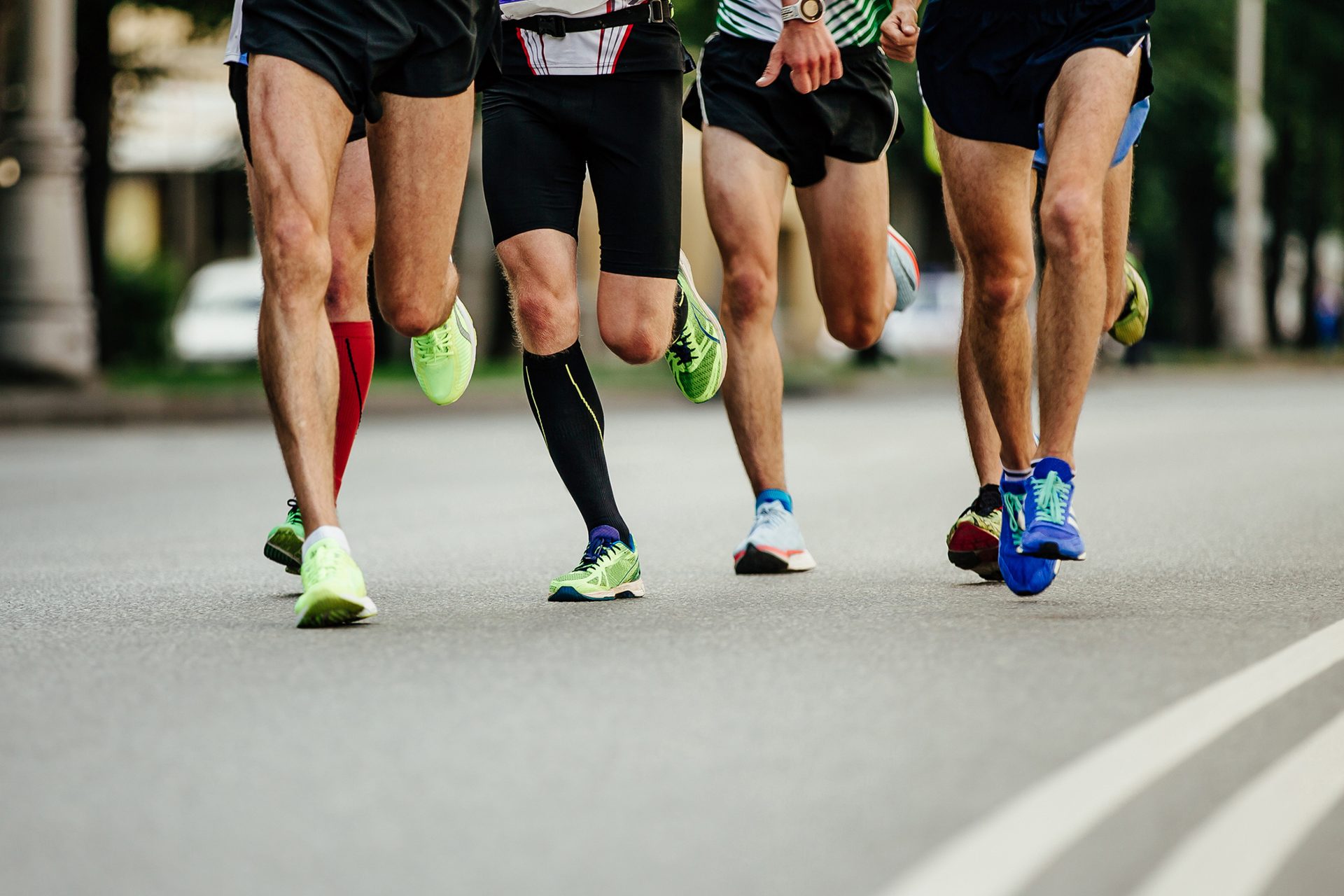
It’s also important that you train the same way you will race to help prevent foot pain after a marathon. Often, people preparing for a marathon will prepare on surfaces softer than the surfaces they’ll be running on during the marathon. This includes a soft race track or a treadmill. These will make your feet accustomed to softer surfaces than they need to be prepared for. Try to run on harder surfaces, to acclimate your feet.
Another method of preventing marathon feet is to give your feet a 15-minute ice bath the second you return home from the big run. It will be uncomfortable, but it is also the most surefire way to keep your feet from aching. If your feet still ache, it may be worth considering a non-steroidal anti-inflammatory. Be careful only to take the pills when you know you are adequately hydrated.
Painful foot conditions should only last for a few days after your marathon. If symptoms or discomfort persist for longer, it’s worth making a visit to your podiatrist. You may be suffering from something more serious, such as a stress fracture or a full fracture, so make an appointment with our foot and ankle specialists at The Foot Practice.
Get a Proper Podiatric Foot Assessment Earlier than Later
Everyone’s feet are different. It affects how we run and how we recover. As listed above, there are many different ways to take care of our feet, for blister prevention, shoe lacing, sock usage, and overall foot health. Figuring out what works best for you and your marathon timing will likely involve a combination of different techniques. You may not get it right immediately. Some experimentation will help you find the right amalgamation of treatments.
If you would like guidance on what would work best for you or experience a foot injury during marathon training, come to The Foot Practice sports injury clinic in Singapore for a professional assessment. On top of providing you with strategies, we can also do a full podiatric foot consultation, treat your callus, provide you with orthoses, and conduct a 3D Gait analysis. All of these treatments can help you get your best time on race day safely and steadily!

